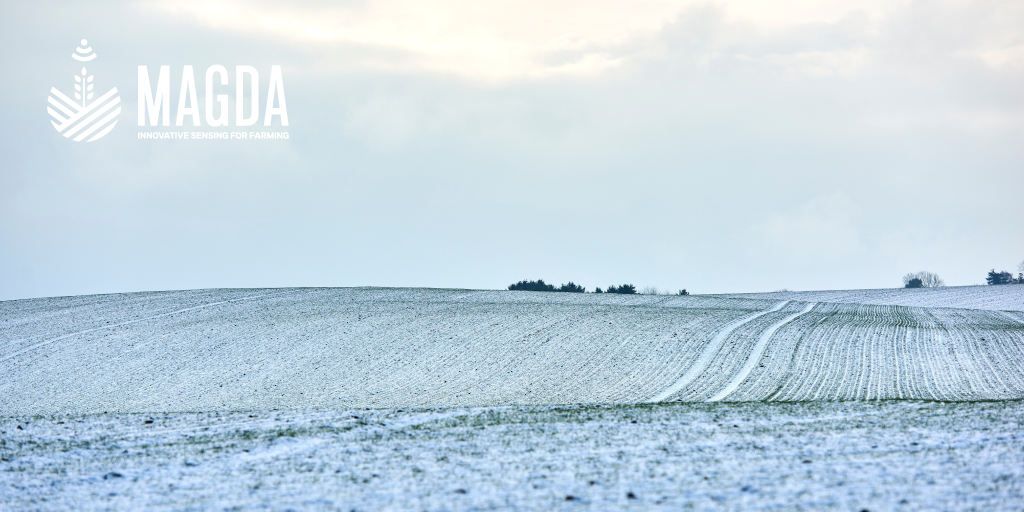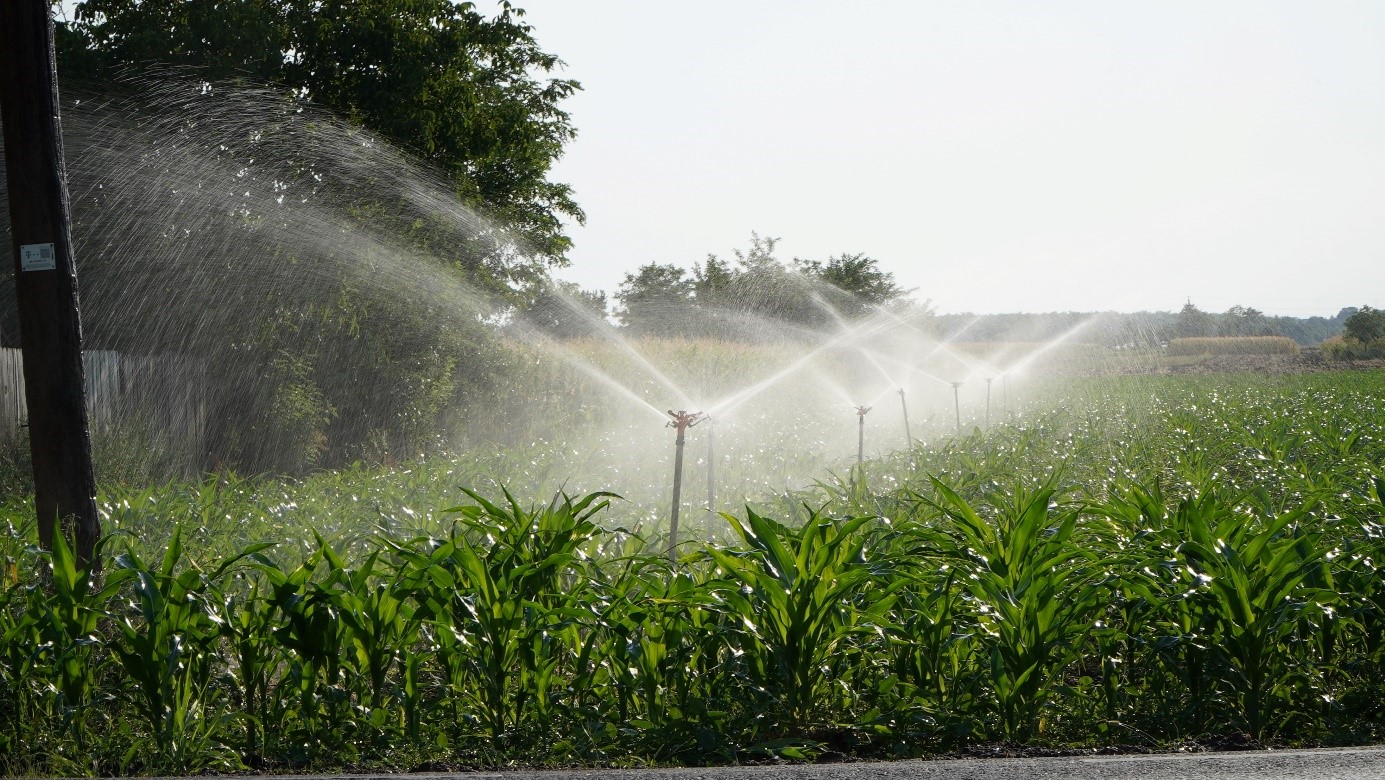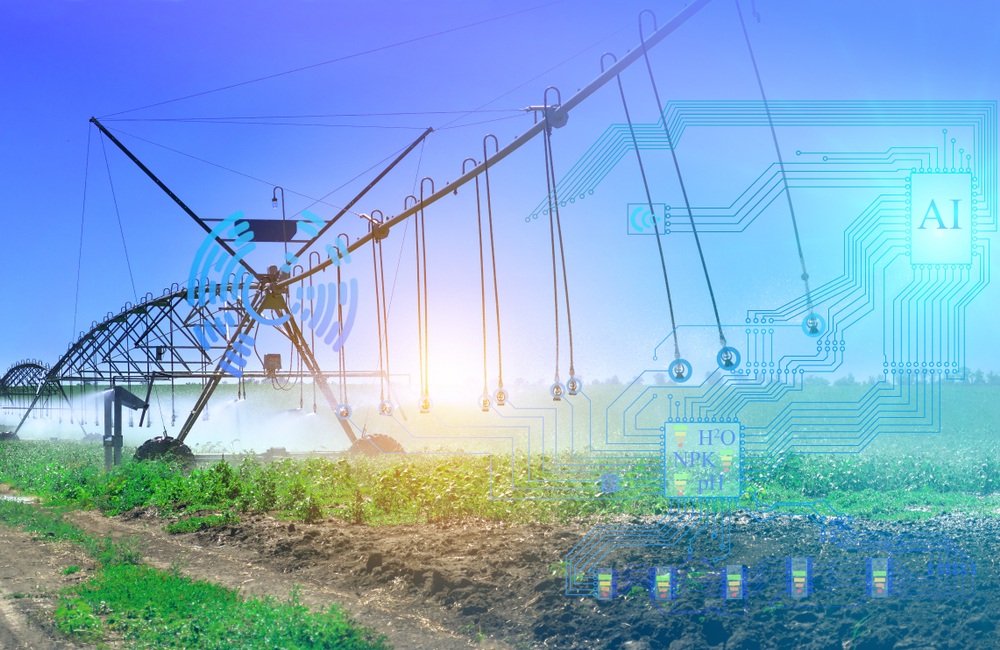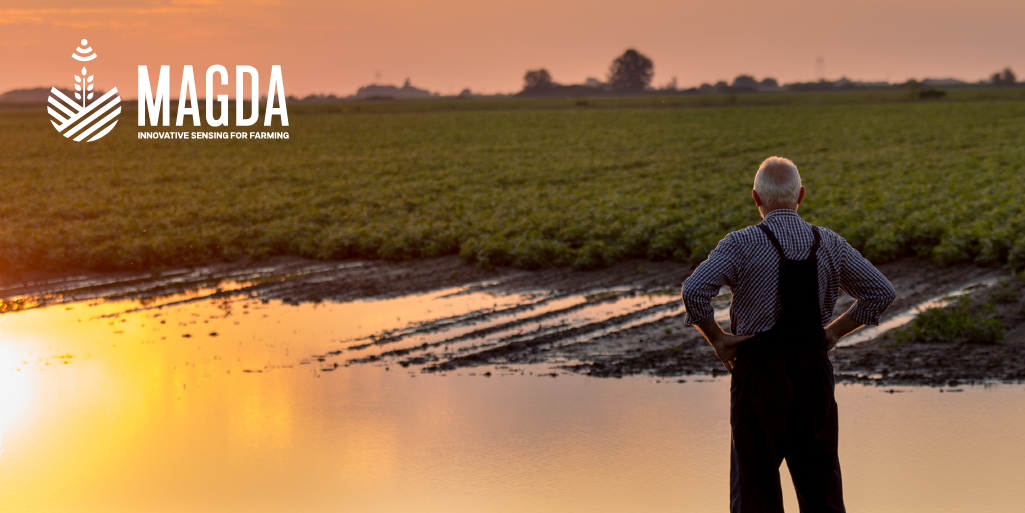
Strategic decision making based on agrometeorological data in agriculture
Image: Budimir Jevtic / Shutterstock
Everyone is familiar with day-to-day decision making, especially in agriculture, with ever-changing weather and climate conditions affecting both crops and farming operations. But when it comes to strategy, decisions that will affect a couple of years, or even decades, agrometeorological data can have a say.
This article discusses the use of agrometeorological data, especially site-specific data, for day-to-day use or strategic choices, with a focus on vineyards.
Climate change and resilience
Extreme weather events such as drought, frost, hail and heatwaves are becoming more frequent. This is why we built MAGDA in the first place: to be able to better predict these events and act accordingly. This is useful, but there are limits to what can be done to mitigate the direct effects of these extreme events when they occur. And there are strategic choices, on the long run, that can enhance the resilience of a crop, especially when dealing with vineyards or orchards, that are in place for decades. Some of these solutions include agrivoltaism, agroforestry, protection nets, specie or variety choices, building hail mitigation infrastructure (chimneys), …
These solutions do not come cheap and are often thought at the production area scale (cooperative), and of course need to be deployed to make the most vulnerable areas more resilient due to limited resources.
Climate change presents major challenges to agriculture, threatening food security and the livelihoods of farmers. In this context, the use of low-cost weather sensors deployed in a dense network represents a critical technological advancement to address these challenges. These tools offer dual utility, both tactically and strategically, by improving the anticipation of extreme weather events and guiding long-term decisions to mitigate the effects of climate change.
Tactical Approach: Anticipation of Extreme Events
Low-cost weather sensors enable precise, real-time collection of local data on parameters such as temperature, leaf wetness, or relative humidity. With their deployment in a dense network, these sensors can accurately detect microclimates within agricultural areas. With the help of other low-cost sensors such as GNSS stations and Meteodrones, we can integrate this data into enhanced weather forecasting models allowing for early anticipation of extreme events such as frost, heatwaves, or hail. This predictive capability is crucial for farmers, enabling them to take preventive measures such as activating frost irrigation systems or deploying temporary covers.
Strategic Approach: Resilient Agriculture in the Face of Climate Change
Beyond immediate responses to weather events, weather sensors offer a long-term perspective by contributing to a better understanding of local climate trends. This data enables farmers and policymakers to test and evaluate various solutions to mitigate the effects of climate change. For instance, the information gathered can guide the selection of heat- or drought-resistant crop varieties and identify areas requiring protective infrastructure, such as nets to reduce hail impact or modulate sunlight exposure. It is also crucial to assess the impact of such measures on the typicity of the produced crop, especially when it comes to vineyards since the production is regulated by appellation specifications. Low-cost sensors can provide invaluable data for this. And these can also help identify crop trends on a regional scale to assess the vulnerability of the crop to the impact of climate change spatially.
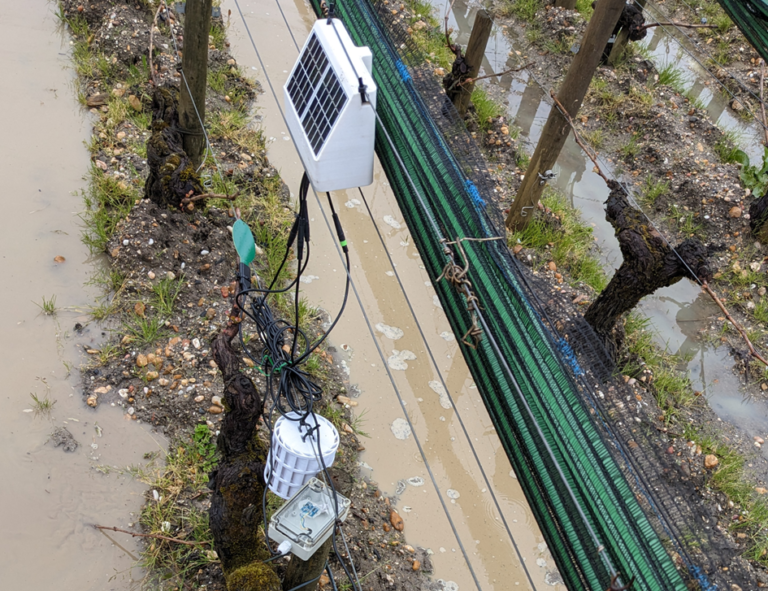
Accessible and Scalable Technology
The primary advantage of low-cost sensors lies in their financial accessibility, allowing for widespread adoption, including by small-scale farms or in low-income regions. Their dense network deployment provides detailed and precise coverage, tailored to the diverse needs of agriculture. Combined with communication networks and data processing platforms, they form a powerful tool to address current and future challenges.
In summary, low-cost weather sensors represent an effective response to the needs of agriculture in the face of climate change. Their ability to enhance tactical forecasting and inform strategic decisions strengthens the resilience of agricultural operations, thus preserving their productivity and sustainability.
